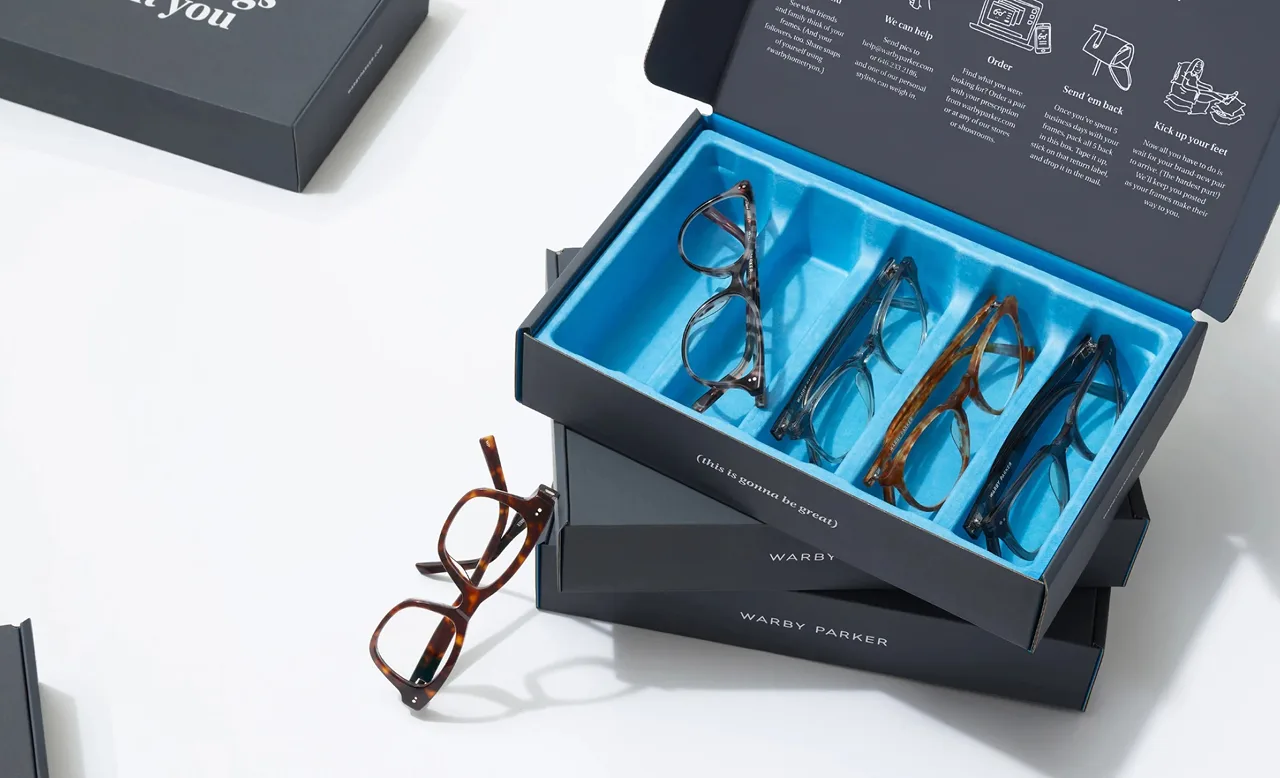
Affordable Glasses That Don’t Fall Apart: A Real‑World Buying Guide
Let’s cut through the smudge: you want frames that look great, don’t loosen in two weeks, and don’t cost half a paycheck. Here’s the thing—longevity isn’t luck. It’s knowing a few tells before you buy. And leaning into classic eyewear shapes helps because they don’t date, which means you’ll actually keep wearing them. I’m writing this for Consumer’s Best with the same advice I give friends when they text me from the optical shop.
Start with fit—comfort is durability in disguise
If a frame doesn’t fit, you’ll be constantly bending, tightening, and, frankly, torturing it. Quick gut checks help. The bridge should sit without sliding or pinching; if you see red marks on your nose after five minutes, that’s a no. Temples should hug—not clamp—so they touch just behind the ears without pressing. If they flare out, ask for a different temple length or a tiny adjustment. For many faces, a keyhole bridge on a round or soft‑square frame gives that instant “ahh” fit, which is why so much classic eyewear leans on it.
Materials that survive real life
Acetate beats cheap, injection‑molded plastic most days. Feel for depth and polish—good acetate has a soft luster and gentle edges, not a shiny, brittle look. In metals, stainless steel and titanium age better than mystery alloys. Titanium is feather‑light and hypoallergenic; stainless is sturdy and usually more affordable. If you’re going metal, check the plating—brushed finishes hide wear better than mirror shine. A solid spring hinge can add comfort, but a well‑made standard hinge often lasts longer. The goal is simple: choose a frame that feels steady in hand and snaps open with a clean, confident motion. That’s how classic eyewear keeps its shape after a year of daily use.
Lenses: the make‑or‑break upgrade
Believe it or not, lens choices decide whether your budget glasses feel premium. For most prescriptions, polycarbonate is the value sweet spot: light, impact‑resistant, and cheaper than high‑index. If your Rx is stronger, 1.60–1.67 high‑index keeps thickness in check. Don’t skip a legit anti‑reflective coating—it sharpens vision and makes night driving less halo‑y. Add scratch resistance (it’s a coating, not a forcefield), and ask about a 1‑year remake or coating warranty. Even the most timeless, classic eyewear frame looks tired if the lenses are cloudy or nicked.
How to spot solid construction in 30 seconds
Open and close the temples a few times. You want smooth resistance, not a gritty squeak. Look at the hinge: more barrels (five or seven) generally means better durability than a tiny two‑barrel hinge. On acetate, riveted hinges and visible metal hardware usually outlast glued plates. Set the frame on a flat surface—do all four points (both temple tips and the lower rims) touch evenly? If it rocks, that’s a warning. Tiny details like cleanly cut nose‑pad posts and evenly polished edges are the craftsmanship breadcrumbs I chase at Consumer’s Best.
Styles that won’t date next season
When in doubt, go timeless. Wayfarer‑ish rectangles, gentle P3 rounds with a keyhole bridge, and slim aviators quietly work on most faces. Keep proportions balanced: the frame should echo your face width and sit so the brow line aligns with your eyebrows. Colors? Tortoise, soft black, and brushed gold are safe for the long haul. This is why classic eyewear saves money—you’re not replacing it to chase a micro‑trend. If you love a bolder color, choose it in a silhouette that’s proven, so the shape keeps you grounded while the hue has fun.
Spend where it matters, save where it doesn’t
Put your money into lenses and hinge quality. House‑brand acetate with a sturdy five‑barrel hinge can beat a flashy logo with flimsy hardware. Watch for bundle deals that include AR and scratch coatings; those can be better than piecemeal add‑ons. Price ballpark, so you’re not guessing: value frames often land $65–$150, and basic Rx lenses with AR typically run $80–$160. If you’re choosing between upgrades, pick the better coating set over a fashion tint. You’ll get more day‑to‑day joy from clear, crisp vision—especially if you rely on one pair of classic eyewear to do it all.
Care that keeps them looking new
Rinse, don’t rub. A quick splash of lukewarm water before wiping prevents micro‑scratches. Use a microfiber cloth (wash it weekly), not your T‑shirt—ask me how I learned that. Store glasses in a hard case, lenses facing up. Once a month, check screws and give them a tiny snug—no brute force. Most optical shops will do free adjustments, so let a pro tune the nose pads or temple curve. That two‑minute tweak often adds a year of comfort to a pair you already like.
If I were buying today
I’d shortlist three routes: a hand‑polished acetate soft‑square with a five‑barrel hinge, a lightweight titanium round with adjustable pads, and a flexible TR‑90 backup for workouts. I’d pair them with polycarbonate (or 1.60 high‑index if your Rx is stronger), proper AR, and a written 1‑year warranty. And if you want actual picks I’d wear, search for the Consumer’s Best affordable eyewear review—I keep it updated with styles that feel modern but still read as classic eyewear, so you’re not replacing them next spring.
Frequently Asked Questions

Warby Parker Reviews: Are They the Best Choice for Your Next Pair of Glasses?
Warby Parker has revolutionized the eyewear industry by offering stylish, prescription glasses and sunglasses at affordable prices, primarily through an online model with a popular home try-on program. They aim to make purchasing eyewear simpler and more accessible.












